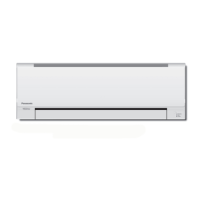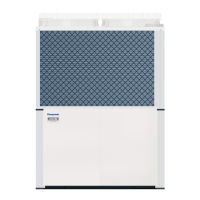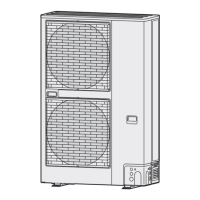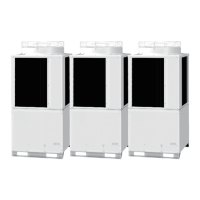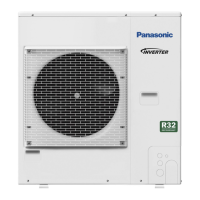85464849326000
REFERENCE NO. SM830226-00
Outdoor Unit
Model No.
Class 73 106 140 224 280
E1
High Static Pressure
Ducted
Indoor Unit
Class 22 28 36 45 56 60 73 90 106 140 160
U1
4-Way Cassette
S-160MU1E51S-140MU1E51S-106MU1E51S-73MU1E51
S-160MU1E5S-140MU1E5S-106MU1E5S-73MU1E5
S-140MT1E5S-106MT1E5S-73MT1E5
S-106MK1E5S-73MK1E5
S-56MU1E51
S-60MU1E51
S-60MF2E5
S-90MU1E51
S-160MF1E5S-140MF1E5S-106MF1E5S-73MF1E5 S-90MF1E5
S-45MU1E51S-36MU1E51
S-56MU1E5S-45MU1E5S-36MU1E5
S-28MU1E51
S-28MU1E5
S-22MU1E51
S-22MU1E5
S-56MF1E5
S-45MF1E5S-36MF1E5S-28MF1E5S-22MF1E5
S-160MF2E5S-140MF2E5S-106MF2E5S-73MF2E5
S-71MP1E5
S-90MF2E5S-56MF2E5
S-45MF2E5S-36MF2E5S-28MF2E5S-22MF2E5
S-56MM1E5S-45MM1E5S-36MM1E5S-28MM1E5S-22MM1E5
S-56MP1E5S-45MP1E5S-36MP1E5S-28MP1E5S-22MP1E5
S-71MR1E5S-56MR1E5S-45MR1E5S-36MR1E5S-28MR1E5S-22MR1E5
S-280ME1E5S-224ME1E5S-140ME1E5S-106ME1E5S-73ME1E5
S-56ML1E5S-45ML1E5S-36ML1E5S-28ML1E5
S-56MD1E5S-45MD1E5S-36MD1E5S-28MD1E5
S-22ML1E5
S-56MK1E5S-45MK1E5S-36MK1E5
S-56MT1E5S-45MT1E5S-36MT1E5
S-28MK1E5S-22MK1E5
S-56MY1E5S-45MY1E5S-36MY1E5S-28MY1E5S-22MY1E5
L1
2-Way Cassette
S-73ML1E5
S-73MD1E5
D1
1-Way Cassette
F1
Low Silhouette Ducted
F2
Low Silhouette Ducted
T1
Ceiling
K1
Wall Mounted
R1
Concealed Floor
Standing
P1
Floor Standing
Y1
4-Way Cassette 60×60
M1
Slim Low Static Ducted
Model Name
Class 8HP 10HP 12HP 14HP 16HP
MF2
U-16MF2E8U-14MF2E8U-12MF2E8U-10MF2E8U-8MF2E8
Order No.SM830226-11CE
SM830226-003WAYECO-iSYSTEM.inaaSM830226-003WAYECO-iSYSTEM.inaa 2013/02/071:23:242013/02/071:23:24
